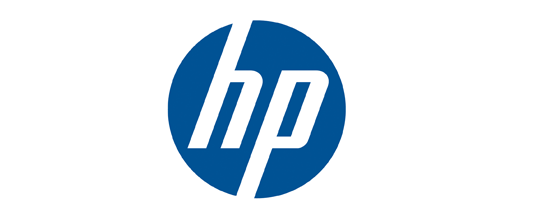Hewlett-Packard Co. is taking further steps to simplify its umbrella PartnerOne partner program by cutting the number of certifications, introducing a consistent compensation model, and renaming its partner tiers for consistency across business units and geographies.
At its Global Partner Conference (GPC) in February, HP announced a comprehensive PartnerOne overhaul with changes that spanned from incentives to marketing and unified the program, so partners no longer had to navigate different programs for each business unit they dealt with within HP, such as Enterprise, Software or Printing and Personal Systems (PPS).
Patrick Eitenbichler, director of marketing for HP PartnerOne strategy, said the most recent changes are consistent with the direction for PartnerOne announced in February and effective in May.
“Evolutionary, but 100 per cent consistent with the announcement made at the partner conference,” said Eitenbichler. “We wanted to make PartnerOne simple, profitable, and predictable. We made some initial changes May 1st to increase predictability, and these are additional enhancements.”
Perhaps the most significant change is the renaming of HP’s partner tiers. There will still be four levels, but now the names will be the same in every geography and business unit. And the top tier – Platinum – now has a name. The others are Gold, Silver and Business Partner.
“It makes it easier for partners to understand and for customers to recognize a competent partner,” said Eitenbichler.
The certification and revenue requirements for each level will remain largely unchanged. Eitenbichler said HP is looking to bring more global consistency to these levels by reducing the number of countries or regions that set their own requirement levels, but care will be taken to group like countries, recognizing that a revenue level that’s easily achievable in the U.S. would be more difficult in an SMB-focused market such as Canada.
“We want to move away from each country setting their own, mainly because it creates unpredictability,” said Eitenbichler.
Speaking of certifications, the number offered by HP will be cut. The Enterprise group, for example, will go from 44 certifications to 22. Having fewer different certifications to have to send employees to will benefit partners, said Eitenbichler, and it will make it easier for HP to offer training with more people taking fewer courses. Also, each certification will now have a path to further training.
Finally, the compensation model will be made consistent within each tier, across business units. While some units were paying more than others, as it’s streamlined, Eitenbichler said the overall investment by HP in the channel will remain the same.
“There will be no decrease in any way in our investment,” said Eitenbichler.
Last week, HP moved former PPS boss Todd Bradley into a new role that includes responsibility for global channel strategy. Page Murray, vice-president of worldwide channel marketing for PPS, said Bradley’s new role will involve a mix of channel strategy and overall operational responsibility, giving HP one unifying channel lead where before, responsibility lay within each of the respective business units.
“Appointing Todd to step into an HP role focused on channel partners reinforces the statements (HP CEO) Meg (Whitman) made at GPC, recognizing HP is focused on the channel as its number one responsibility,” said Murray. “Hopefully it will be seen by the outside world, as it is within HP, as a doubling-down on our partners.”




